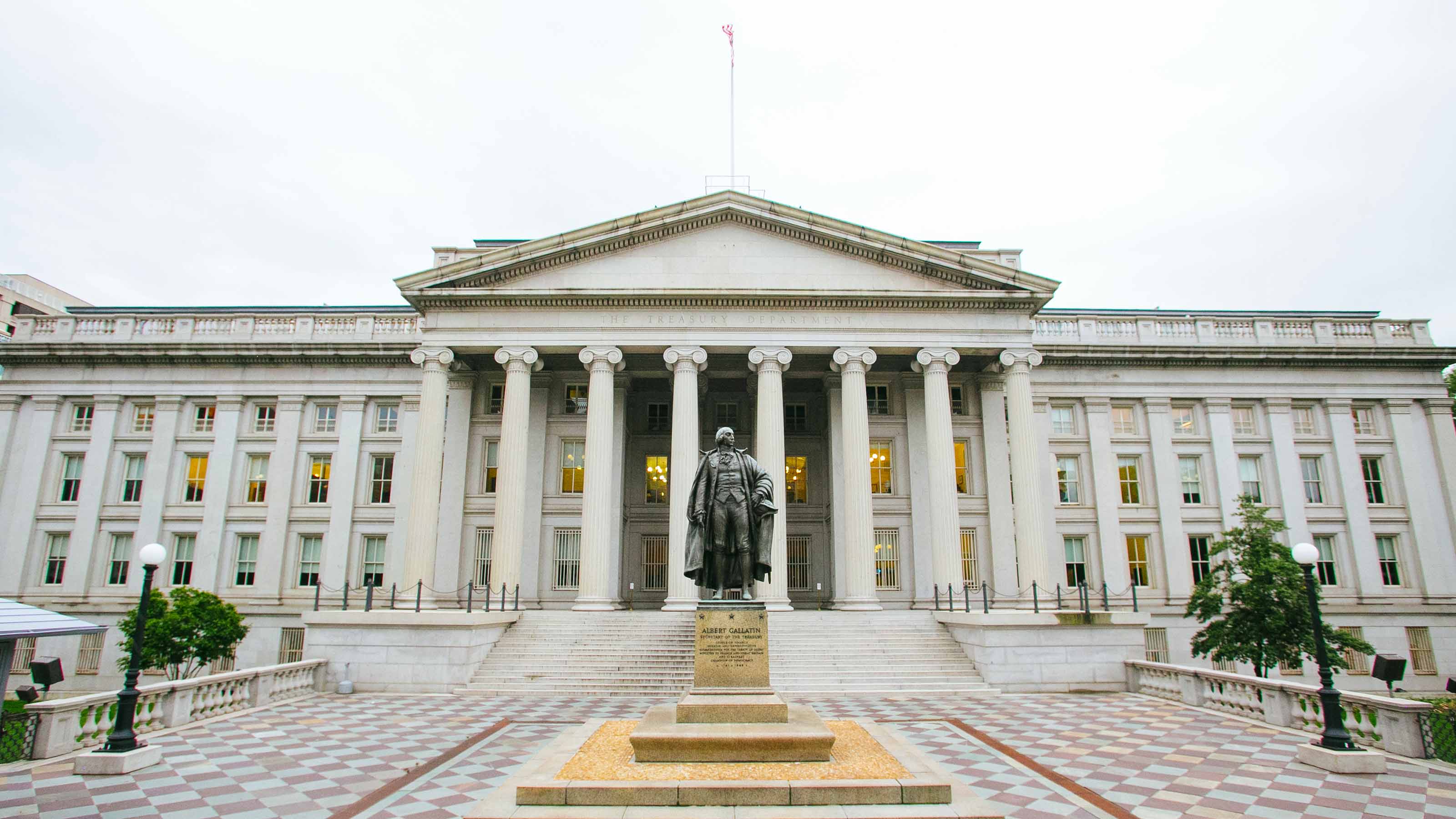Mid-Year Outlook for Bonds
You can expect mild losses in the bond market, but fixed income still has its place in your portfolio.

In my January outlook column, I said that bonds would lose 2% or so over the first part of 2018, even after accounting for interest payments. I regret to confirm that this forecast was on target, as Bloomberg Barclays U.S. Aggregate bond index is down 2.7% so far this year. As an ardent bond investor, I’d rather see positive total returns. But I still don’t believe it’s dangerous to own interest-paying securities, whether bonds or bondlike alternatives. Fixed-income investors will lose a little principal as interest rates rise (prices and rates move in opposite directions), but you’ll still get paid on time. Nonetheless, considering that no investment category can gain indefinitely—and that includes bonds, stocks, real estate, gold, oil and even rare wine—it’s time to ask whether bonds and bondlike investments have finally crossed a red line and are headed for deeper losses.
My judgment is that rates are range-bound—albeit at a higher range than before. So the rest of 2018 will be flattish, leaving fixed-income portfolios mildly in the red. Not deep red, but somewhere between peach and salmon. I’m figuring on some annoying but insignificant sell-offs that might shave 2% off returns for municipal bonds or nick investment-grade corporate bonds by 3%. But I also anticipate enough rallies and bounces that bond prices overall will be little changed from the time you read this. The value-hunters have already helped lift real estate investment trusts and utility stocks off recent lows.
Interest rates aren’t the only concern. The market will be buffeted by the complicated interactions of a number of factors, including Federal Reserve policy, oil prices’ impact on inflation, stock market instability, and the previously falling but now surging dollar's exchange rate. And there is the specter that a year or two from now, the Tax Cuts and Jobs Act will goose the deficit enough that the Treasury won’t be able to find takers for all the new bonds it will need to sell without a marked leap in the initial yield. In fact, an increased supply of all kinds of bonds could start to weigh on the market. In recent years, not only Treasuries but also municipals, floating-rate bank loans and other debt have been in short supply. But the shortages are gone, which means there is no longer a scarcity premium boosting prices.
From just $107.88 $24.99 for Kiplinger Personal Finance
Become a smarter, better informed investor. Subscribe from just $107.88 $24.99, plus get up to 4 Special Issues

Sign up for Kiplinger’s Free Newsletters
Profit and prosper with the best of expert advice on investing, taxes, retirement, personal finance and more - straight to your e-mail.
Profit and prosper with the best of expert advice - straight to your e-mail.
No Grizzly in Sight
There’s no sign of a brutal bear market. Bond prices will benefit from skittishness about the crazy ups and downs in stocks, says George Mateyo, chief investment officer of Key Private Bank. “Bonds are now more competitive with stocks” due to higher current yields and perceived safety, he says.
Dan Fuss, the Loomis Sayles Bond Fund manager and fixed-income savant, espouses a defensive strategy built around high-quality bonds and those with short durations. (Duration is a measure of interest-rate sensitivity; the shorter the duration, the less the implied loss as rates rise.)
I think some of the best choices now include floating-rate bank loan funds; two- to five-year Treasuries; short-term, investment-grade corporate bonds; high-yield bond mutual funds; and all municipals. Standout funds include Dodge & Cox Income (symbol DODIX), which invests primarily in high-quality bonds, and DoubleLine Total Return Bond (DLTNX), which invests in mortgage-backed securities (and is a member of the Kiplinger 25, the list of our favorite no-load funds). Or build a ladder of Treasuries that mature at staggered rates—say, one to seven years. If you find muni issues that pay upward of 3% for 10 or 20 years (munis come with longer terms because they finance durable projects, such as bridges), buy them, as the tax break is still valuable for most investors.
Profit and prosper with the best of Kiplinger's advice on investing, taxes, retirement, personal finance and much more. Delivered daily. Enter your email in the box and click Sign Me Up.

Kosnett is the editor of Kiplinger Investing for Income and writes the "Cash in Hand" column for Kiplinger Personal Finance. He is an income-investing expert who covers bonds, real estate investment trusts, oil and gas income deals, dividend stocks and anything else that pays interest and dividends. He joined Kiplinger in 1981 after six years in newspapers, including the Baltimore Sun. He is a 1976 journalism graduate from the Medill School at Northwestern University and completed an executive program at the Carnegie-Mellon University business school in 1978.
-
 Forget FIRE: Why ‘FILE’ Is the Smarter Move for Child-Free DINKs
Forget FIRE: Why ‘FILE’ Is the Smarter Move for Child-Free DINKsHow shifting from "Retiring Early" to "Living Early" allows child-free adults to enjoy their wealth while they’re still young enough to use it.
-
 7 Tax Blunders to Avoid in Your First Year of Retirement
7 Tax Blunders to Avoid in Your First Year of RetirementA business-as-usual approach to taxes in the first year of retirement can lead to silly trip-ups that erode your nest egg. Here are seven common goofs to avoid.
-
 How to Plan for Social Security in 2026's Changing Landscape
How to Plan for Social Security in 2026's Changing LandscapeNot understanding how the upcoming changes in 2026 might affect you could put your financial security in retirement at risk. This is what you need to know.
-
 The Most Tax-Friendly States for Investing in 2025 (Hint: There Are Two)
The Most Tax-Friendly States for Investing in 2025 (Hint: There Are Two)State Taxes Living in one of these places could lower your 2025 investment taxes — especially if you invest in real estate.
-
 The Final Countdown for Retirees with Investment Income
The Final Countdown for Retirees with Investment IncomeRetirement Tax Don’t assume Social Security withholding is enough. Some retirement income may require a quarterly estimated tax payment by the September 15 deadline.
-
 Why Investors Needn't Worry About U.S. Credit Downgrade
Why Investors Needn't Worry About U.S. Credit DowngradeFitch Ratings The United States saw its credit rating downgraded for just the second time in history, but experts aren't worried about the long-term damage to stocks.
-
 Income-Investing Picks for a Recession
Income-Investing Picks for a RecessionInvesting for Income Some consequences of an economic downturn work to the benefit of fixed-income investors. Here are three fund ideas that fit the bill.
-
 Dogs of the Dow Are 2022's Best in Show
Dogs of the Dow Are 2022's Best in Showdividend stocks Some of the best investments for income investors in a volatile 2022 have come from the Dogs of the Dow.
-
 Bond Values in a Volatile Market
Bond Values in a Volatile MarketInvesting for Income While the market's instability may not be over just yet, the latter half of the year should be less daunting – and possibly more rewarding – for investors.
-
 Should You Buy Bonds Now? What To Consider
Should You Buy Bonds Now? What To Considerbonds The fixed-income market has been turned on its head in recent years, but there are still opportunities for those looking to buy bonds again.
-
 Dividend Dates: A Beginner's Guide
Dividend Dates: A Beginner's Guidedividend stocks Everything you need to know about ex-dividend dates, dividend announcements and other parts of the dividend calendar.